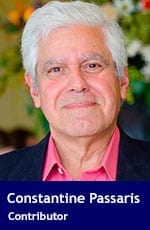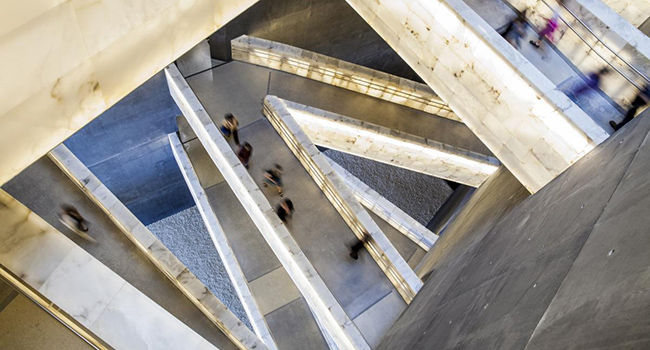 The Canadian Museum for Human Rights has made news around the world for all the wrong reasons. It has been derelict in its mission and mandate.
The Canadian Museum for Human Rights has made news around the world for all the wrong reasons. It has been derelict in its mission and mandate.
The museum has been accused of maintaining a poisoned work environment that practices racism, discrimination, a lack of gender equity and inclusion.
In November 2007, I was selected by the federal government to serve as the human rights expert to the advisory committee that would determine the merit of establishing a Canadian museum with a focus on human rights.
The committee was tasked with providing advice to the federal minister of Canadian Heritage on the planning of a Canadian Museum for Human Rights, the scope and content of the proposed museum, the overall budget, and the suitability of the building design proposed.
This was a huge responsibility but one I was well prepared for. I had served as chair of the New Brunswick Human Rights Commission and president of the Canadian Association of Statutory Human Rights Agencies, and I have been a longtime advocate for multicultural human rights in Canada.
We spent many hours debating whether it should be called the Museum of Human Rights or the Museum for Human Rights. To some, this might sound like a waste of time and a semantic debate of no significance. To my way of thinking, it was central to signalling the appropriate mission and mandate of the museum.
Using “of” signalled that we were recommending a museum that would simply house and display human rights documents and artifacts. Using “for” was a clear and unequivocal statement that we were in favour of a museum whose mission and mandate was to promote human rights. Clearly, the advisory committee weighed in favour of the present title: the Canadian Museum for Human Rights.
Based on the committee’s report – which was submitted in March 2008 – the federal government passed a bill that changed the Museums Act to include the first new national museum in more than 40 years, and the first ever outside the national capital region.
The Canadian Museum for Human Rights was to be built in Winnipeg, situated near the longitudinal centre of Canada and at the geographic heart of North America.
The museum’s location at The Forks, where the Red and Assiniboine Rivers meet, was intended to serve as a reminder of its historical significance. For thousands of years, Canada’s Indigenous people followed these waterways to meet here for peacemaking, dialogue and trade.
In July 2010, the museum’s cornerstone was unveiled by Queen Elizabeth. She had selected a stone from Runnymede, the English meadow where the Magna Carta, a landmark human rights charter, was sealed in 1215. This stone was inscribed with a message from the Queen.
The museum opened its doors to the public in September 2014.
It’s mandate is to explore the subject of human rights, with special but not exclusive reference to Canada, in order to enhance the public’s understanding of human rights, to promote respect for others, and to encourage reflection and dialogue.
In June of this year, dozens of current and former employees of the museum came forward with allegations of racism, discrimination, homophobia and sexual harassment. In consequence, an external and independent review was initiated. The review process included 25 interviews with current and former employees and consideration of written complaints. In addition, museum documents and records were reviewed.
On July 31, the review delivered their findings. The independent report substantiated that racism within the Canadian Museum for Human Rights was pervasive, systemic and contributed to a toxic culture. Furthermore, the report identified that systemic racism had a negative physical, emotional and financial impact on museum employees who were Black, Indigenous or of other visible minorities.
The report lists examples of Black or Indigenous people who were passed over for jobs, despite being as qualified or more qualified than the person who was eventually hired. It also takes the museum to task for not providing in-house training on anti-racism, anti-oppression, unconscious bias and cultural competency.
The report contains 44 recommendations for change. The museum’s board of trustees has committed to taking short-term and long-term action to build an anti-racist and anti-discriminatory workplace that promotes equity and inclusion.
The significance of these findings shouldn’t be lost on any individual, enterprise or institution in Canada. Our economic success and social harmony depend on a culture that respects our individual and collective human rights. In a globalized world, diversity, equity and inclusion are the wave of the future.
Dr. Constantine Passaris is a professor of economics at the University of New Brunswick, a former chair of the New Brunswick Human Rights Commission and a former president of the Canadian Association of Statutory Human Rights Agencies.
Constantine is a Troy Media Thought Leader. Why aren’t you?
The views, opinions and positions expressed by columnists and contributors are the author’s alone. They do not inherently or expressly reflect the views, opinions and/or positions of our publication.

